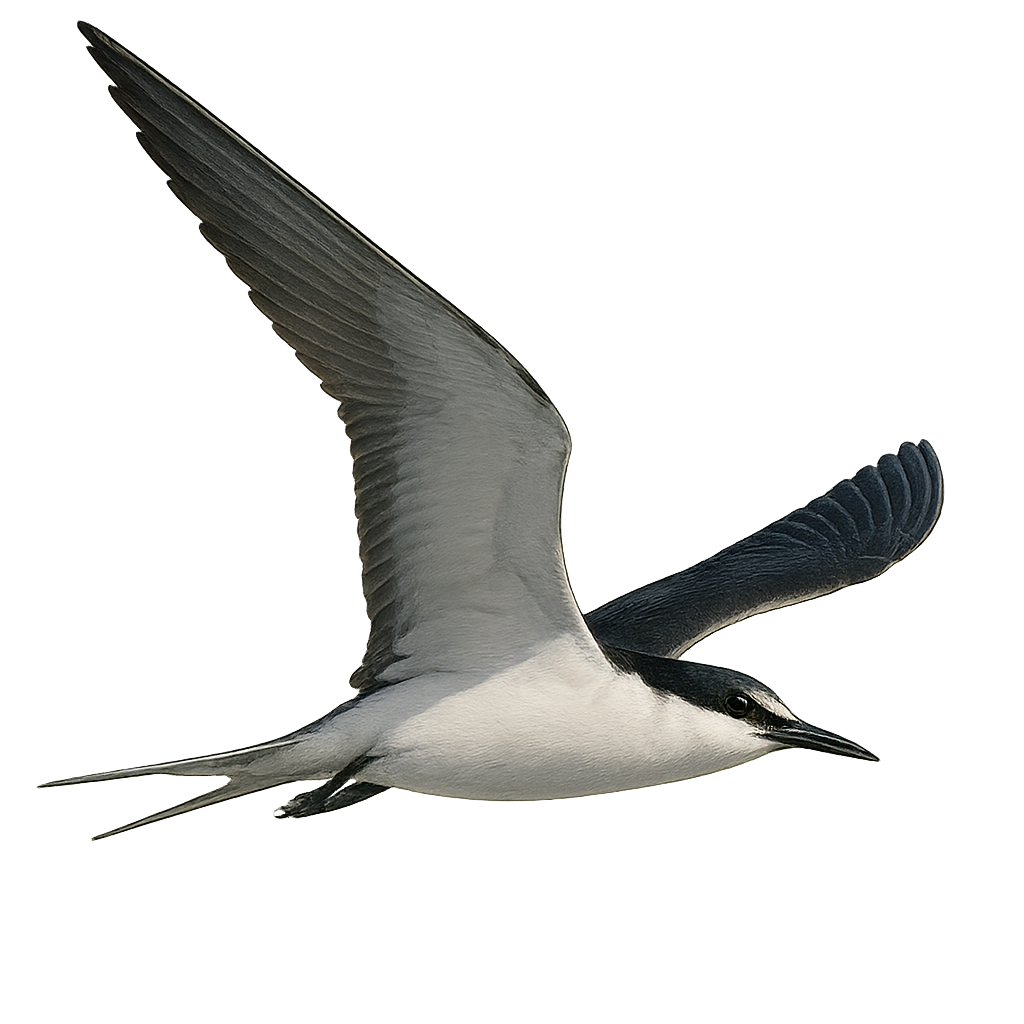Your wildlife photography guide.
Explore the sooty tern in detail, study its behavior, prepare your shots.
Where to observe and photograph the sooty tern in the wild
Learn where and when to spot the sooty tern in the wild, how to identify the species based on distinctive features, and what natural environments it inhabits. The WildlifePhotographer app offers tailored photography tips that reflect the sooty tern’s behavior, helping you capture better wildlife images. Explore the full species profile for key information including description, habitat, active periods, and approach techniques.
Sooty Tern
Scientific name: Onychoprion fuscatus

IUCN Status: Least Concern
Family: LARIDAE
Group: Birds
Sensitivity to human approach: Suspicious
Minimum approach distance: 10 m
Courtship display: March to June
Incubation: 28-30 jours
Hatchings: March to July
Habitat:
Tropical islands, rocky coasts, sandy beaches
Activity period :
Primarily active during the day, with peak activity in the morning and late afternoon.
Identification and description:
The Sooty Tern, or Onychoprion fuscatus, is a medium-sized tern known for its striking black and white plumage. Its upper parts are predominantly black, while the underparts are white, creating a sharp contrast. The black, slender bill is well-suited for its diet of fish and squid. Sooty Terns are gregarious seabirds, often seen in large flocks, especially during the breeding season. They nest mainly on tropical and subtropical islands, forming extensive colonies. Their flight is swift and agile, characterized by rapid wing beats and graceful glides. Although they spend most of their lives at sea, they return to land to breed, typically laying a single egg per season.
Recommended lens:
400mm – adjust based on distance, desired framing (portrait or habitat), and approach conditions.
Photography tips:
To photograph the Sooty Tern, it is advisable to use a 400mm lens or longer to capture detailed images without disturbing the bird. Look for colonies on tropical islands where they nest in large numbers. Be patient and wait for the birds to approach naturally. The best photos are often taken early in the morning or late in the afternoon when the light is soft. Make sure to respect the 10m safety distance to avoid disturbing their natural behavior.
The WildlifePhotographer App is coming soon!
Be the first to explore the best nature spots, track rutting seasons, log your observations, and observe more wildlife.
Already 1 432 wildlife lovers subscribed worldwide

